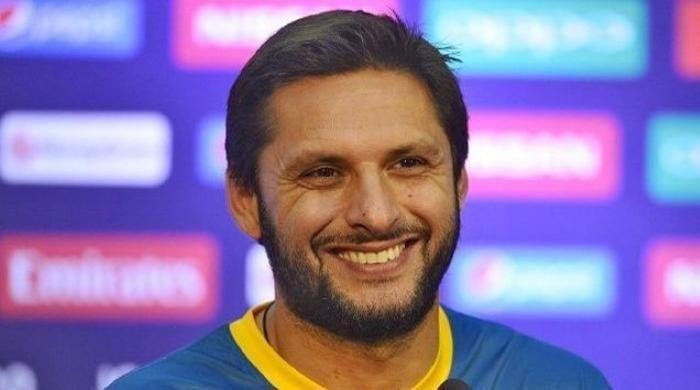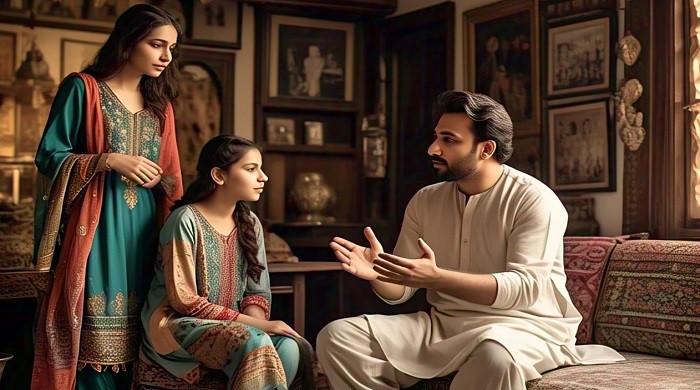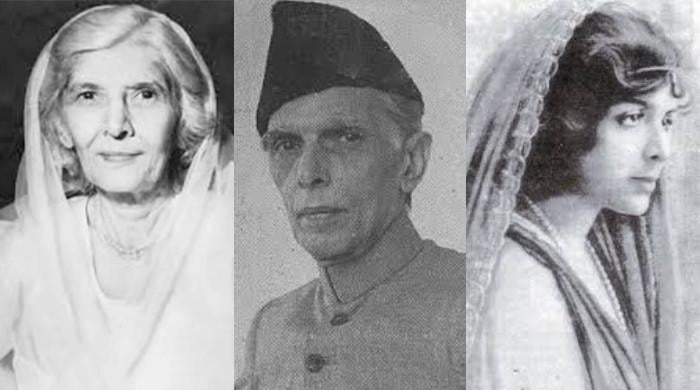October 4 – Century from another Century
It was 21 years back when Sahibzada Mohammad Shahid Khan Afridi made his debut against Kenya
October 04, 2017
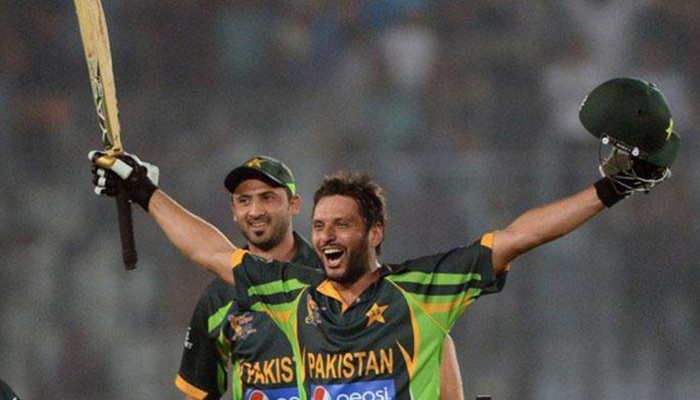
Former Captain Shahid Afridi has decided to join Karachi Kings in the next edition of Pakistan Super League. Formerly part of the Peshawar Zalmi team, the cricketer has decided to return to Karachi.
Afridi has been praised in all circles for the move, including Karachiites who believe they had a weak team in both editions of PSL so far.
I was recently asked by my cousin about Shahid Afridi’s debut. The chap was born somewhere when Afridi was hitting sixes around the world and is clueless as to what life was back then. Unlike present times, missing a match back then was a big deal when YouTube highlights weren’t available minutes after the match ended.
The question took me decades back in time. It seemed like yesterday, when on September 23, 1996, Pakistan beat India in the last match of the inaugural Sahara Cup by 52 runs, taking the series 3-2. The tormentor-in-chief, leg-spinner Mushtaq Ahmed took five wickets, but couldn’t accompany the team to Kenya due to an injury. Wasim Akram was called home from Canada to look after his sick father, so Saeed Anwar was given the task to lead the team. A 16-year-old leg-spinner was called to replace Mushtaq from the neighbouring Caribbean Islands, where he was busy with the Pakistan Under-19. Even he was not aware of what lay ahead for him in the four-nation tournament.
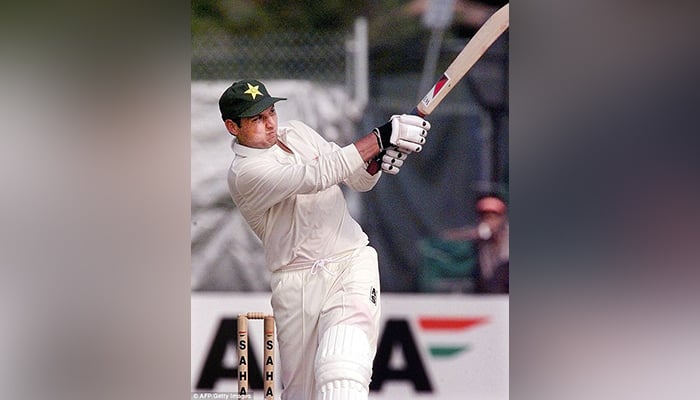
Cricket was changing in 1996. Sri Lanka had just won the World Cup, due to the explosive batting of Sanath Jayasuriya and Romesh Kaluwitharana. Jayasuriya plundered Pakistan’s experienced bowling attack to score the fastest hundred in 48 balls and a ‘50 in 18’, during a tournament in Singapore, a month after the World Cup.
Pakistan needed a pinch-hitter and the collective prayers of the team, management, and the nation were answered in the very next outing between the two countries.
It was 21 years back when Sahibzada Mohammad Shahid Khan Afridi made his debut against Kenya. He was not required to bat, remained wicket-less, but took a catch in that match. Waqar Younis, after witnessing him bat in the nets, asked Saeed Anwar to try him at the top of the order. Everybody knows that he scored a century on 37 balls, smashing 11 sixes, but only a few remember that the innings was not televised in Pakistan.
‘Pakistan set a target of 372 for Sri Lanka to win the match, Shahid Afridi, playing in his second match, has scored the fastest century in ODI cricket, 102 runs off 37 balls’.
The score of 371, the second-highest total ever scored in a one-day international, was nothing short of a miracle to achieve against the then World Champions.
The match, which virtually had no importance, became the talk of the town. In the pre-internet days, I started calculating the runs, before searching for ‘Afridi’. If you subtract 102 from 371, it gives you 269.
At least one other batsman must have scored a hundred, but who could that be? Saeed Anwar and Ramiz Raja were ‘prime suspects’ as both had scored hundreds last year, and were with the team. Saeed had eight hundreds as compared to Ramiz’s nine. It was not until the next morning that we came to know that it was Saeed Anwar who did it, with a six and 13 fours. The score-card, on the extreme column of the newspaper, was the only information of the match available.
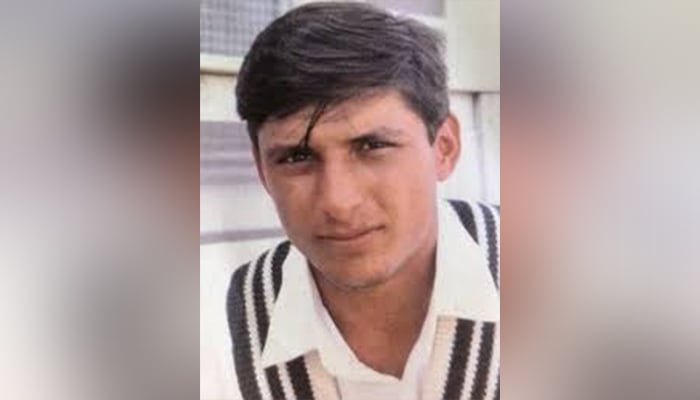
Sri Lanka would have qualified for the final, had it scored 290. Saqlain Mushtaq and Waqar Younis had already taken four wickets in the innings and the match came to a very tight situation. 11 runs were required from the last four deliveries, with the last pair on the crease.
Chaminda Vaas was facing Waqar Younis, who was reliable in such situations. Vaas hit Waqar for a six and a four but was bowled with one ball remaining, when the score was 289.
In days of satellite, the match was surprisingly not shown on any sports channel. My eyes turned to Rainbow Centre, the hub for video cassettes of every type, in downtown Saddar market of Karachi and a search started for the ‘record-shattering’ match.
On my first trip to the now defunct Pakistan Sports, I was told that print would be available in a week’s time. Until then, Afridi was back in Karachi, and magazines like ‘Akhbar-e-Watan’, ‘The Cricketer’, ‘Cricketer Urdu,’ and ‘Cricket Herald’ had him on their covers. The 16-year-old became the most sought-after commodity for the press.
In his fifth ODI, he took 37 deliveries, again, to score 66 runs against Zimbabwe in Lahore. This innings had eight fours and four sixes and yes, it was witnessed by many on the television. By then, we had acquired the VHS recording of the ‘fastest century’. The cassette became a hot cake in the neighbourhood. The sixes were huge, the boy was cute, and the innings was short, it seemed like one was watching the highlights.
Afridi’s unconventional hits were being discussed everywhere. Every gathering began with, ‘Yaar, tu nay Afridi wali innings dekhi?’ (friend, have you watched the Afridi-innings yet?). Every slogger had at least one six that they claimed matched Afridi’s and every spinner had a quicker one to dismiss settled batsmen.
Afridi soon became a necessity for the team and ‘Lala’ for the nation. He was the ‘Player of the tournament’when Pakistan won the tri-nation series in Australia in January 1997. He was a leg-spinner who could turn the tables with his spin, his bat could blast through any attack on his day and he remained a panther in the outfield. He was a loose cannon throughout his career that no one could control.
Yet with age, he got the experience required and the recent performances in the PSL are proof of that. He played an important role in Peshawar Zalmi's victory in PSL earlier this year.
Let’s hope his addition makes a ‘boom boom’ difference to Karachi.
